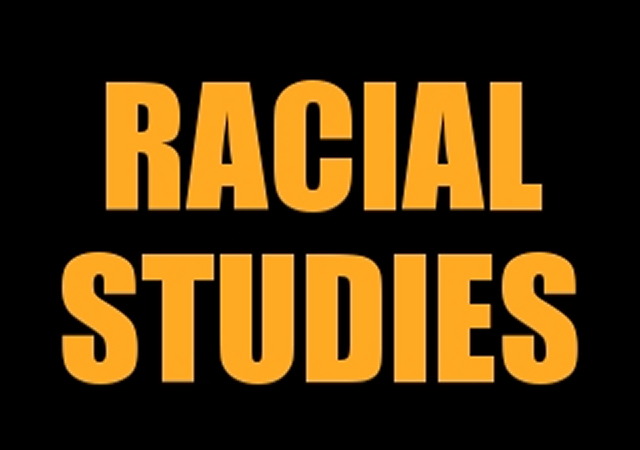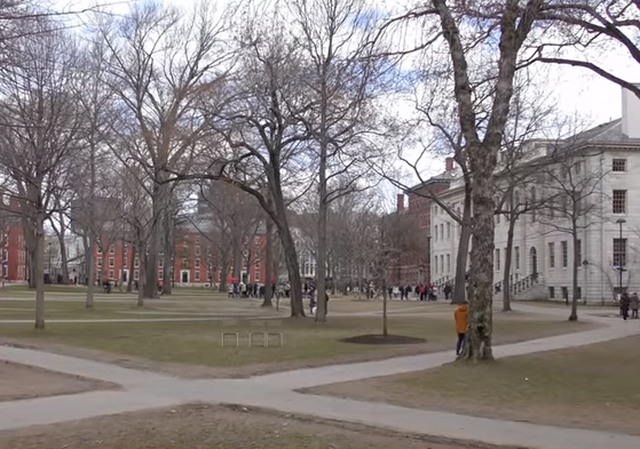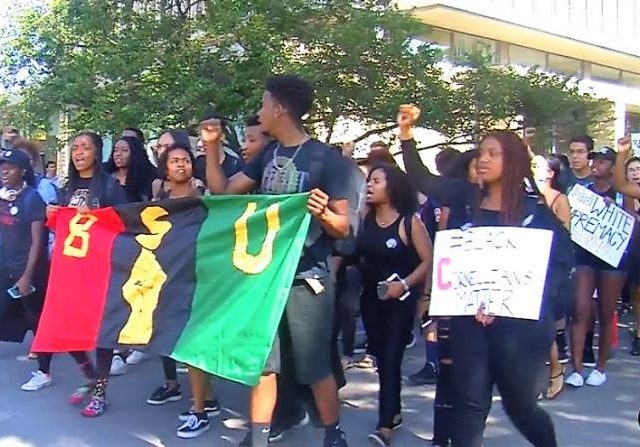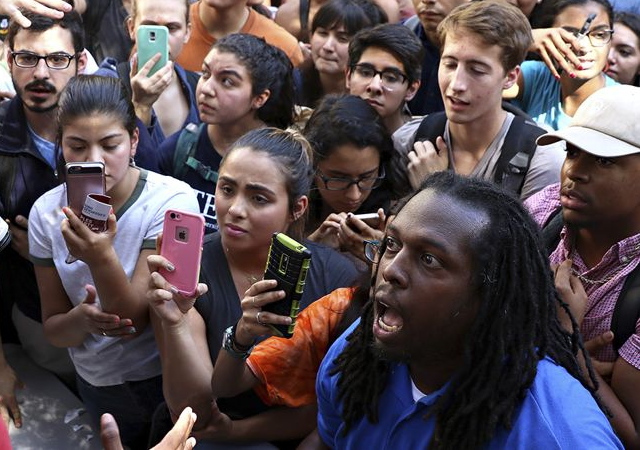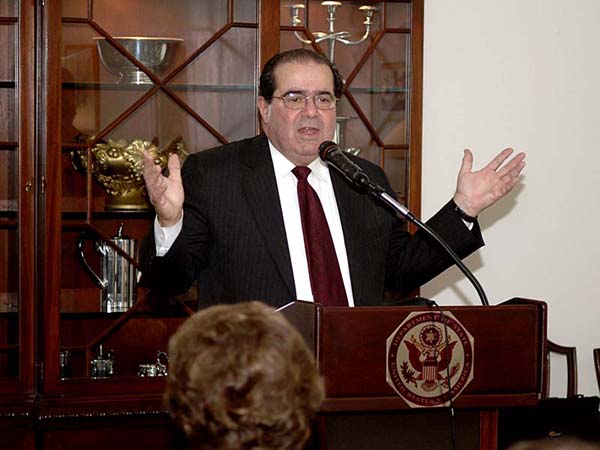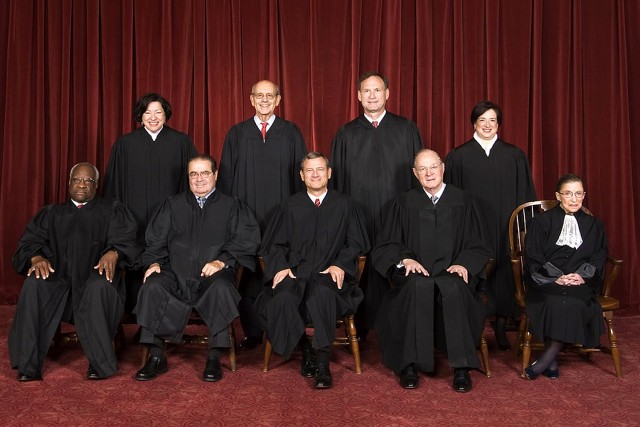Yesterday, Chris Wallace
featured two panelists to debate the outcome of a recent United States Supreme Court ruling on Affirmative Action and the use of race in the admissions process. The case upheld a Michigan voter referendum banning the use of race or gender based Affirmative Action programs in the public university admissions process, among other things.
One panelist was a successful litigant from a prior Affirmative Action Supreme Court case, Jennifer Gratz. Gratz is also the CEO of
XIV Foundation, an organization "dedicated to the principle that equal treatment is the essence of civil rights and that all people are entitled to civil rights." The other panelist was civil rights attorney, Shanta Driver.
As I watched the debate unfold, one thing I could not help but notice was the use of the word "equality," in each opposing side's rationale for their position.
Gratz, who advocated for upholding the Michigan referendum to end race preferences cited "equal treatment under law," regardless of race. Likewise Driver, advocated for the continuation of federally protected race preferences in the admissions, also citing the need for equality. In fact, Driver went so far as to compare this decision by the Supreme Court as a revival of
Plessy v. Ferguson, the 1896 Supreme Court case that brought about the concept of "separate but equal" segregation.


